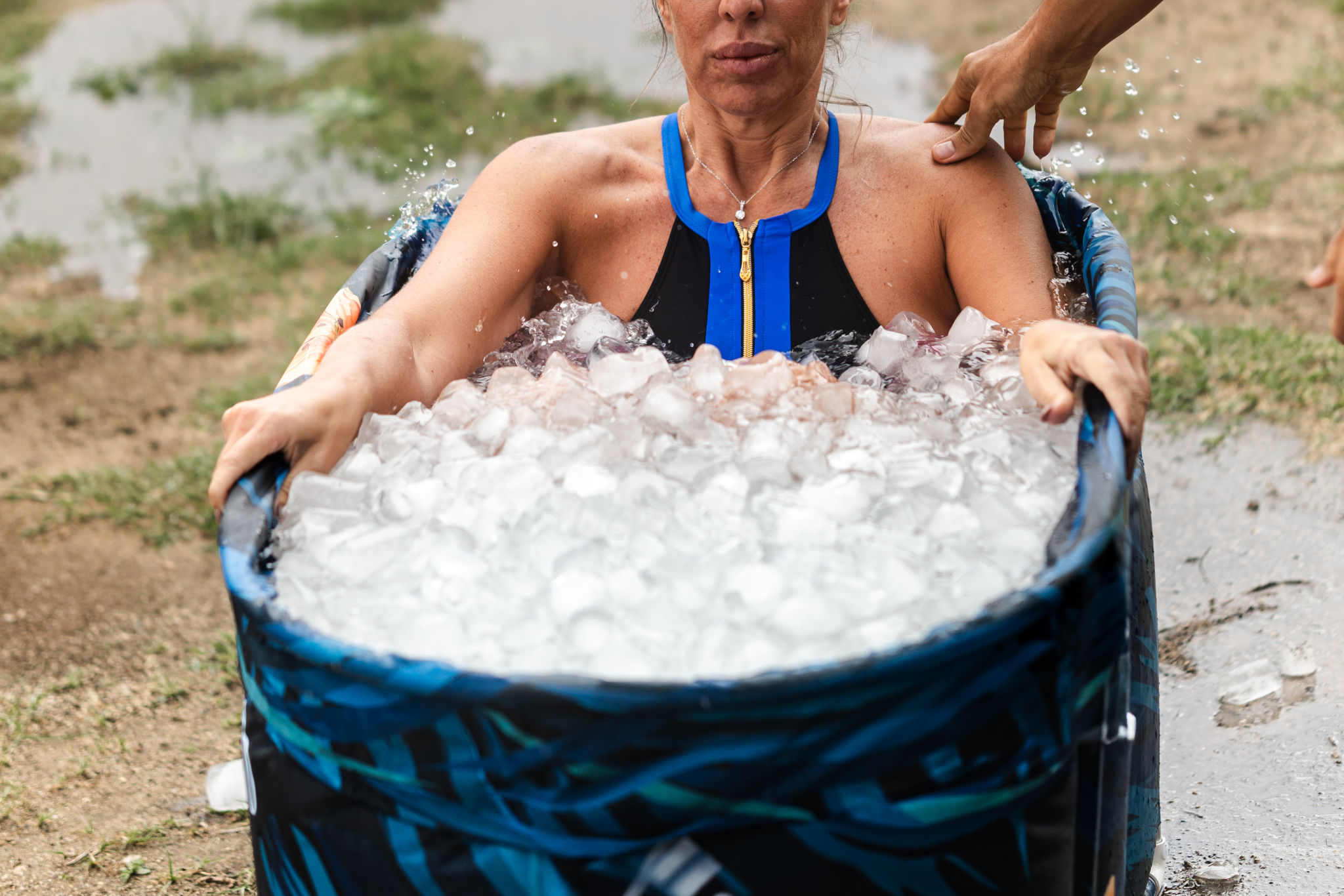How Ice Baths Can Enhance Athletic Performance and Recovery
The Science Behind Ice Baths
Ice baths, also known as cold-water immersion, involve submerging the body in ice-cold water for a short period. This recovery technique is popular among athletes for its potential to enhance performance and speed up recovery. The cold temperature helps constrict blood vessels, reducing inflammation and swelling in muscles and joints. As the body warms up post-immersion, blood vessels dilate, promoting increased blood flow and the removal of metabolic waste.
Research suggests that ice baths can help reduce muscle soreness and fatigue, enabling athletes to recover more rapidly and perform at their best during subsequent training sessions or competitions. By minimizing delayed onset muscle soreness (DOMS), athletes can maintain a consistent training schedule without prolonged downtime.

Benefits of Ice Baths for Athletes
One of the primary benefits of ice baths is their ability to enhance muscle recovery. After intense physical activity, muscles undergo microscopic damage, leading to soreness and stiffness. Cold-water immersion helps mitigate these symptoms, allowing athletes to feel refreshed and ready for their next workout.
Additionally, ice baths can improve circulation. The alternating constriction and dilation of blood vessels help flush out metabolic waste products like lactic acid, which can accumulate in muscles during exercise. This process not only reduces muscle fatigue but also aids in faster recovery times.

Enhanced Performance Through Adaptation
Regular use of ice baths can also contribute to improved athletic performance. When athletes consistently incorporate cold-water immersion into their recovery routine, their bodies may adapt to better manage stress and recover quicker from physical exertion. This adaptation can lead to enhanced endurance, strength, and overall performance.
Moreover, the mental resilience developed from enduring cold temperatures can be beneficial. Athletes often find that the mental discipline required to withstand ice baths translates into greater focus and determination during training and competitions.

Incorporating Ice Baths into Your Routine
If you're considering adding ice baths to your recovery regimen, it's essential to do so safely. Start by limiting your exposure to just a few minutes, gradually increasing the duration as your body adapts. Aim for a water temperature between 10-15°C (50-59°F) for optimal benefits.
- Begin with 5-10 minute sessions post-exercise.
- Ensure the bath temperature is not too cold to avoid shock or hypothermia.
- Listen to your body and adjust the duration and frequency as needed.
Remember, while ice baths can be highly beneficial, they should be used in conjunction with other recovery methods like proper nutrition, hydration, and rest for a well-rounded approach to performance enhancement.

Potential Drawbacks and Considerations
Despite their benefits, ice baths are not suitable for everyone. Athletes with certain medical conditions such as cardiovascular issues should consult with a healthcare professional before using cold-water immersion. Additionally, some studies suggest that excessive use of ice baths may blunt the body's natural adaptation processes following resistance training.
It’s crucial to balance the use of ice baths with other recovery strategies and not depend on them solely for muscle recovery. Listen to your body and consider personal preferences when determining the frequency and duration of ice bath sessions.
The Verdict on Ice Baths
Ice baths can be a valuable tool in an athlete's recovery arsenal, offering benefits like reduced muscle soreness, improved circulation, and enhanced mental resilience. By incorporating them wisely into your training routine, you can potentially boost performance and maintain a consistent fitness regimen.
However, it’s important to remember that no single recovery method is a magic bullet. Combining ice baths with other recovery practices ensures a holistic approach to athletic performance and well-being.
